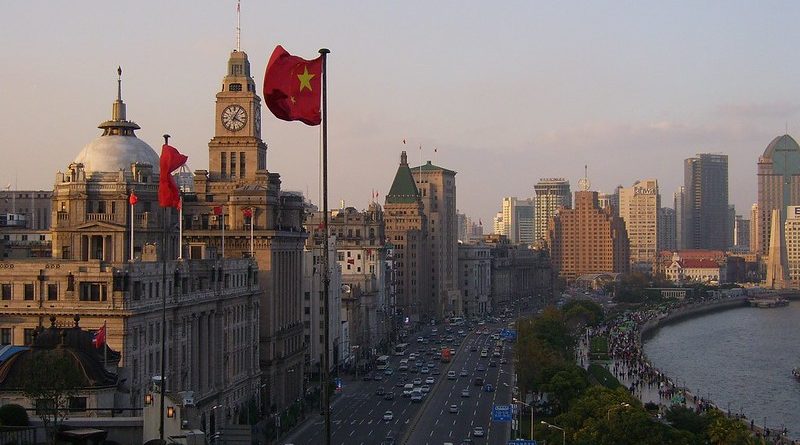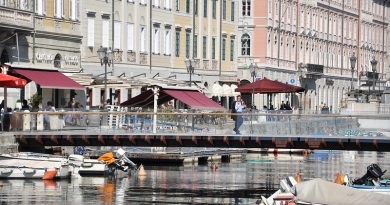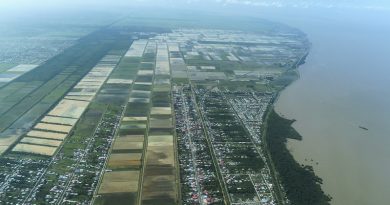Shanghai
Shanghai has been the centre of Chinese trade for centuries and at the height of the Opium Trade, the colonial area called the Bund was the envy of the world. Since China has re-opened its doors to the west, this recent politically protected area has become the largest and fastest growing city in China and the real centre for science and technology, foreign trade, industry and commerce.
One of the most distinct structures across the city skyline is the Oriental Pearl TV Tower. The third highest TV tower in the world behind Toronto and Moscow, the needle shoots 1500 ft towards the sky and overlooks the Bund on the banks of the Hunagpu River. The sightseeing floor 800ft up is a perfect spot to get an overall view of Shanghai, plan your next city destination or simply have a drink in the bar and strut your stuff at the disco.
After descending the tower, The Yu Fo or Jade Buddha temple should be the next place on your list. A human size pure white jade Buddha, encrusted with diamonds and agates sits in a state of enlightenment waiting to amaze the throng of visitors that pass through here every day.
Another architectural marvel, the Yu Yuan Gardens are one of the most revered classical gardens south of the Yangtze. A serenity walk through these grounds will take you past multiple pavilions, pagodas, rock formations and walls covered in dragons. The multitude of lush greenery and flowering trees and plants will soothe away any of the frayed nerves you may have incurred from the bustling city life of Shanghai.
Smack in the centre of Shanghai lies the People’s Plaza, which includes some major buildings such as the Shanghai Museum. The museum is a great place to experience the differing contributions of the various ages throughout Chinese history with over 120,000 cultural relics ranging from calligraphy and painting to bronzes and ceramics. Admission is only a few cents and is open everyday of the week.
In order to witness the vast European influence on this city, take a walk past some of the homes and mansions once owned by famous people throughout Chinese history. The house of Sun Yat-Sen, for example, is set in a peaceful and secluded garden residence built in the old English Tudor style. It will make you feel as if you were walking through the English countryside but without the rain and sheep! A walk down Nanjing Road, however, will bring you back to the realities of this communist nation. State owned stores jockey for space between the new western enterprises, all of which is being done under that watchful eye of China’s political propaganda machine.
During the industrial revolution in China, Shanghai prized itself on being the first to adopt everything new and modern from the West. The Pujiang Hotel, or Richards Hotel as it was called upon construction in 1846, was the first western hotel to be built in Shanghai. The hotel was the site of yet more firsts in China such as the telephone, electricity, and motion pictures which may explain why this was a favourite hangout of Albert Einstein and Charlie Chaplin.
Shanghai’s western buiilding traditions continued in the years before WW2 with many art deco influenced builldings constructed in the 1930s.
In its heyday, the Pujiang Hotel, known as Astor House, was the place to stay and be seen among the Shanghai elite and even housed the Chinese stock exchange for a while. The architecture is classic and beautiful with high Roman arches, wooden floors and large spacious rooms. After 1907, the Pujiang Hotel could not keep up with the stiff competition of the new and fancy luxury hotels that emerged all over Shanghai. In order to keep attracting clients, the management shifted focus to the strong influx of foreign students. The hotel closed in 2018, after being purchased by an undisclosed local business..It was converted to the China Securities Museum.
Pujiang Hotel
Information about the hotel in many languages.
Shanghai Hotels
List of hotels and their locations in Shanghai




